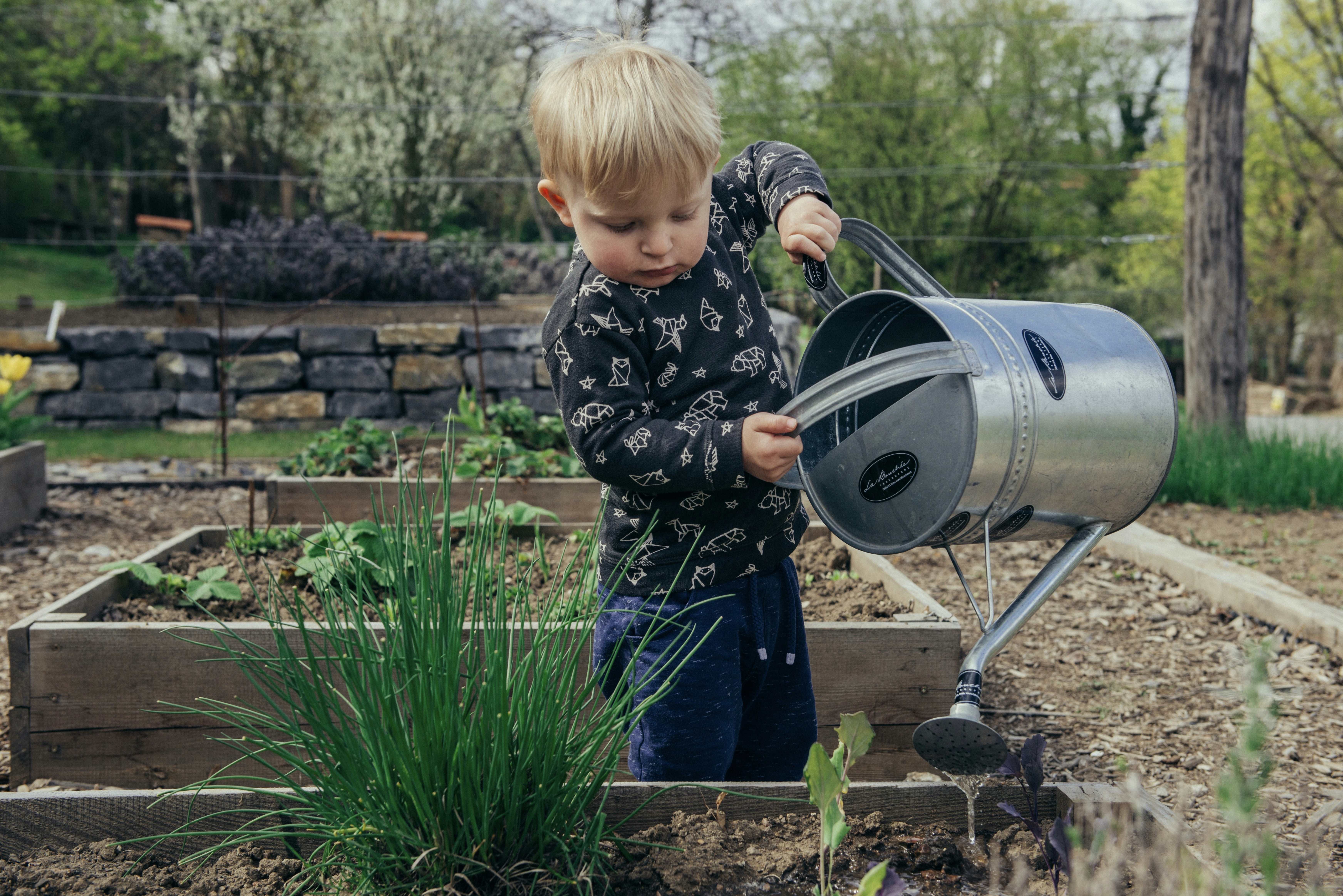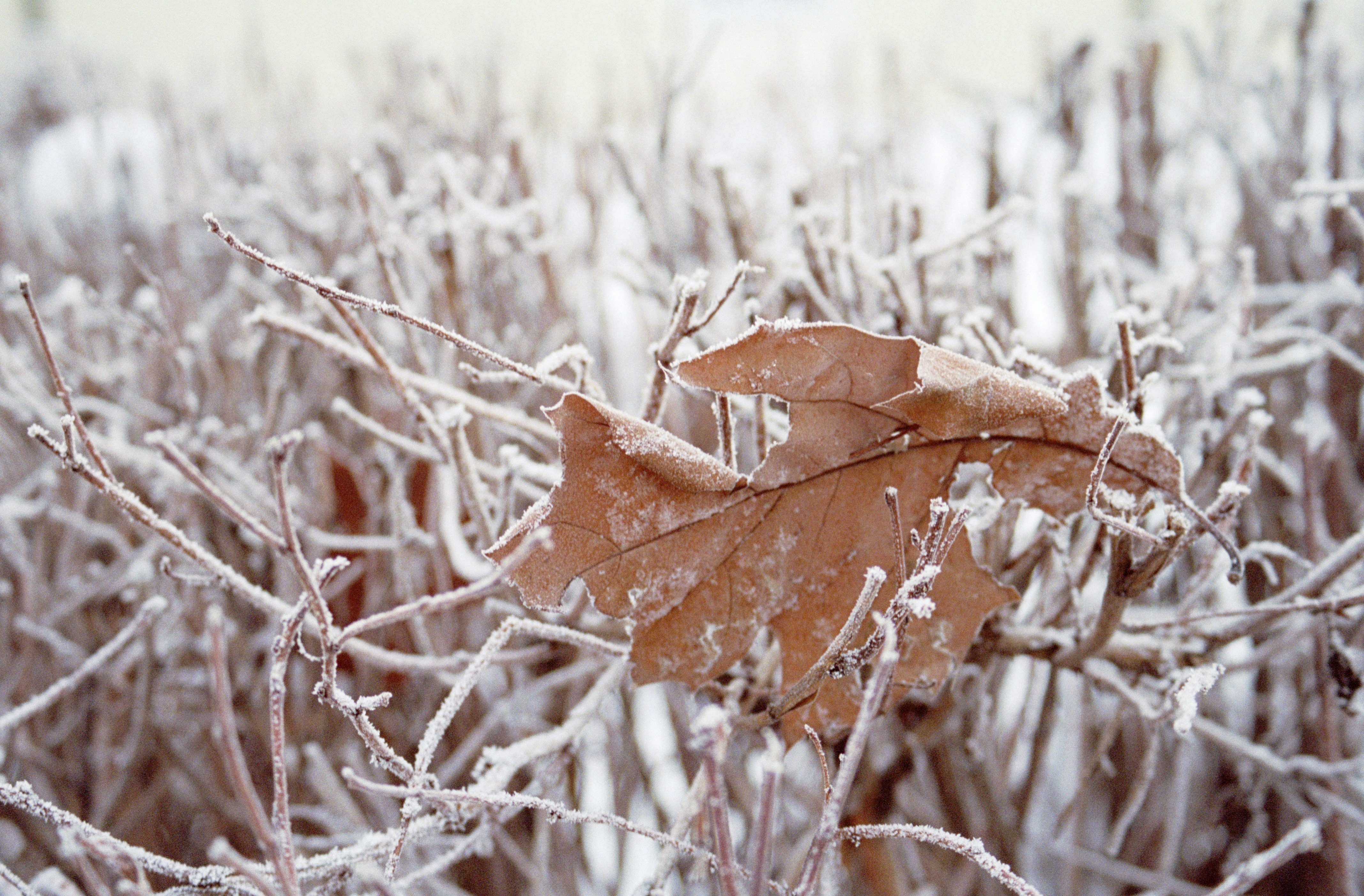👋 Click the mic button to talk to Alfred, the Todd's Seeds Gardening/Sprouting Expert – Feel free to ask him anything!
Ask Virtual Todd Anything - Click the Mic
Imagine waking up one crisp winter morning, stepping outside, and being greeted by a picturesque garden covered in a glistening layer of frost. While it may seem serene, frost can wreak havoc on your precious plants and flowers. As a gardening enthusiast, it’s only natural to want to protect your garden from the chilly grip of frost. But fear not, because in this article, we will explore simple yet effective methods for safeguarding your garden from the freezing temperatures. From covering delicate plants to using natural insulating materials, you’ll discover a range of practical solutions that will keep your garden thriving, even in the coldest of winters. So grab your gardening gloves and get ready to learn how to shield your beloved plants from the icy threats of frost.
Why is it important to protect your garden from frost?
Understanding the impact of frost on your garden
When frost settles on plants, it can have detrimental effects. The freezing temperatures can damage plant cells, leading to wilting, browning, and even death. Frost can also cause the soil to freeze, making it difficult for plants to absorb water and nutrients. Additionally, frost can affect the overall aesthetics of your garden, leaving it looking dull and lifeless. Therefore, it is crucial to take steps to protect your garden from frost to ensure the health and beauty of your plants.
Preventing damage to plants and crops
One of the main reasons to protect your garden from frost is to prevent damage to your plants and crops. By implementing frost protection measures, you can safeguard your garden against the freezing temperatures that can harm delicate foliage, flower buds, and even the root systems of your plants. By taking proactive steps to protect your garden, you can minimize the risk of losing valuable plants and crops due to frost damage.
Maintaining the aesthetics of your garden
In addition to protecting the health of your plants, it is essential to safeguard the beauty and aesthetics of your garden. Frost can cause plants to wither and lose their vibrant colors, resulting in a drab and lifeless garden landscape. By implementing frost protection measures, you can preserve the visual appeal of your garden, ensuring it remains a breathtaking sight year-round.
1. Monitoring the weather forecast
Checking for frost warnings
To protect your garden from frost, regularly keep track of the weather forecast, paying close attention to any frost warnings. This will allow you to stay informed about potential freezing temperatures and take necessary precautions ahead of time. By being aware of frost warnings, you can plan accordingly and implement the appropriate protective measures to safeguard your garden.
Understanding temperature fluctuations
Understanding temperature fluctuations is key to protecting your garden from frost. Keep track of the lows and highs in temperature, as frost typically occurs when the temperature drops below freezing. Monitoring these fluctuations will help you anticipate when frost is likely to occur, allowing you to take timely action to protect your plants and crops.
Being aware of microclimates
Microclimates are small areas within your garden that have unique climate conditions compared to the surrounding areas. These variations can be caused by factors such as sunlight exposure, topography, or nearby structures. Being aware of these microclimates is crucial, as they can significantly influence the likelihood of frost occurrence. By identifying and understanding the microclimates in your garden, you can better protect your plants by implementing targeted frost protection measures in vulnerable areas.
2. Choosing frost-tolerant plants
Researching suitable plant varieties
When planning your garden, it is important to research and choose plant varieties that are tolerant to frost. Frost-tolerant plants have the ability to withstand freezing temperatures without suffering significant damage. By selecting these resilient plant varieties, you can minimize the risk of frost-related harm to your garden and ensure the longevity of your plants.
Selecting plants native to your region
Plants that are native to your region are naturally adapted to the local climate conditions, including frost. These plants have evolved over time to tolerate the freezing temperatures that occur in your specific area. By incorporating native plants into your garden, you can increase the overall resilience of your garden to frost and reduce the need for extensive protective measures.
Considering hardiness zones
Hardiness zones are geographic areas that are categorized based on their average annual minimum temperatures. By understanding the hardiness zone of your location, you can determine which plants are most likely to thrive in your area and withstand frost. Hardiness zone maps are readily available online and can serve as a valuable resource when selecting plants for your garden.
3. Preparing the soil
Improving soil drainage
Proper soil drainage is essential for protecting your garden from frost. Excess water can freeze and damage plant roots, leading to their demise. To enhance soil drainage, ensure that your garden has a well-structured soil composition with adequate organic matter. Additionally, consider incorporating raised beds or implementing slope variations in your garden to facilitate proper water runoff.
Adding organic matter for insulation
Adding organic matter to your soil can help insulate plant roots from freezing temperatures. Organic matter, such as compost, helps retain heat and moisture in the soil, creating a more favorable environment for plant growth and protection against frost. By regularly incorporating organic matter into your garden beds, you can enhance the overall insulation and resilience of your plants.
Applying appropriate fertilizers
Proper fertilization can contribute to the health and frost resistance of your plants. Nitrogen-based fertilizers are particularly beneficial, as they promote strong root development and overall plant vigor. By supplying your plants with the necessary nutrients, you can fortify them against potential frost damage and ensure their ability to thrive even in challenging conditions.
4. Mulching
Types of mulch for frost protection
Mulching is an effective technique for protecting your garden from frost. Organic mulches, such as straw, leaves, or wood chips, can help insulate the soil and regulate its temperature. Additionally, synthetic mulches, like black plastic, can absorb and retain heat, providing an extra layer of protection against freezing temperatures. Choose the type of mulch that best suits your garden’s needs and the specific requirements of your plants.
Properly applying mulch around plants
To maximize the benefits of mulching, it is important to apply it correctly around your plants. Spread a layer of mulch around the base of your plants, ensuring that it covers the root zone. Take care not to mound the mulch against the plant’s stem, as this can lead to moisture buildup and potential rotting. Maintaining a consistent layer of mulch will help regulate soil temperature and protect your plants from frost damage.
Understanding the benefits of mulching
Mulching offers a range of benefits beyond frost protection. It helps suppress weed growth, retains soil moisture, and promotes overall soil health. Furthermore, mulch acts as a natural insulator, keeping the soil warm during cold weather and cool during hot weather. By incorporating mulching into your garden maintenance routine, you can create a conducive environment for plant growth and protect your plants from frost.
5. Watering practices
Irrigating plants before a frost
Watering your plants before an anticipated frost can actually help protect them. Moist soil retains more heat than dry soil, acting as a buffer against low temperatures. Therefore, make sure to thoroughly water your garden a day or two before the expected frost, especially for plants that are more susceptible to cold damage. However, be mindful not to overwater, as excess moisture can lead to other issues such as root rot.
Preventing excess moisture in cold temperatures
In cold temperatures, excess moisture can be detrimental to the health of your plants. Wet foliage and soil freeze more easily, increasing the risk of frost damage. To prevent excess moisture, avoid watering your garden in the late afternoon or evening, as the remaining moisture on plants and soil can freeze overnight. Instead, water your garden early in the day, allowing sufficient time for the foliage and soil to dry before temperatures drop.
Using frost covers for sensitive plants
For vulnerable or delicate plants that are highly susceptible to frost damage, using frost covers can provide an additional layer of protection. Frost covers, such as cloths or blankets, create a barrier between the plants and the freezing temperatures, helping to retain heat and prevent frost from settling on foliage. When using frost covers, make sure they are securely anchored to prevent wind from lifting them and to ensure maximum insulation.
6. Creating windbreaks
Understanding the role of wind in frost damage
Wind can exacerbate the effects of frost on plants. It strips away the protective layer of heat surrounding the plants and increases the rate of moisture evaporation, leading to further desiccation and damage. Understanding the role of wind in frost damage is crucial to effectively protecting your garden. By implementing windbreaks, you can reduce the impact of cold winds and create a more sheltered environment for your plants.
Planting trees or shrubs as natural windbreaks
One way to create windbreaks in your garden is by strategically planting trees or shrubs. These natural windbreaks act as barriers, intercepting and redirecting the flow of cold winds away from your plants. When selecting trees or shrubs for windbreak purposes, opt for varieties that are particularly dense or have flexible branches that can effectively break the force of the wind.
Using physical barriers as temporary windbreaks
In addition to natural windbreaks, you can also use physical barriers as temporary windbreaks in your garden. These can be constructed using materials such as burlap, plastic sheeting, or wooden panels. Secure the barriers around your plants, creating a shield against strong winds. When using physical barriers, ensure that there is sufficient space between the barrier and the plants to allow for proper air circulation and minimize the risk of trapping excessive cold air.
7. Using protective covers
Choosing appropriate frost protection covers
Protective covers are an effective way to shield your plants from frost. There are various types of frost protection covers available, including frost blankets, row covers, and cloches. Each type offers different levels of insulation and protection. Depending on the severity of frost in your region and the specific needs of your plants, choose the appropriate cover that will provide adequate protection without smothering them.
Covering plants effectively
When using protective covers, it is important to ensure that your plants are covered effectively. Secure the covers tightly around the plants, ensuring there are no gaps or exposed areas. Avoid placing the covers directly on the foliage, as this can cause damage or encourage moisture buildup. Additionally, regularly check the covers for any signs of damage or wear to ensure their continued effectiveness.
Removing covers during the day
While protective covers are essential during freezing temperatures, it is important to remove them during the day when temperatures rise above freezing point. The covers can trap heat and excessive moisture, causing the plants to overheat or become prone to diseases. In the morning, carefully remove the covers to allow proper air circulation and prevent any potential damage that may result from prolonged cover usage.

8. Applying heat sources
Using incandescent or LED lights
Artificial heat sources, such as incandescent or LED lights, can help protect your plants from frost. These lights emit heat that can raise the temperature around your plants, preventing frost from forming and damaging them. Place the lights strategically within your garden, ensuring they are safely positioned to avoid any fire hazards or damage to plants.
Employing frost cloth or blankets
Frost cloth or blankets provide an additional layer of insulation, helping to trap heat around your plants. These materials can be draped over your plants, creating a protective barrier against freezing temperatures. Frost cloth or blankets should be used in conjunction with other protective measures, such as mulching or windbreaks, for optimal frost protection.
Setting up heat-emitting devices
Heat-emitting devices, such as heaters or heat lamps, can be used in areas where frost protection is critical. These devices generate heat and can be strategically placed near vulnerable plants or in areas prone to frost damage. However, exercise caution when using heat-emitting devices, ensuring they are safe and do not pose any risks of fire or electrocution.
10. Taking other preventative measures
Pruning plants properly
Proper pruning is essential for maintaining plant health and preventing frost damage. Remove any dead or diseased branches, as they can hinder the overall vitality of the plant and make it more susceptible to frost damage. Additionally, pruning can help improve air circulation within the plant, reducing the risk of moisture buildup and enhancing its resilience to frost.
Avoiding over-fertilization in fall
While fertilizing your garden is important for plant growth and health, it is crucial to avoid over-fertilization in the fall. Over-fertilization can stimulate new growth, making plants more vulnerable to frost damage. As the growing season comes to a close, reduce or eliminate fertilization to allow plants to naturally prepare for the approaching winter months.
Keeping the garden free from debris
A clutter-free garden reduces the risk of frost-related issues. Clear away fallen leaves, debris, and any other items that can trap moisture and cold air, creating favorable conditions for frost damage. Additionally, a clean garden allows for better airflow and reduces the likelihood of diseases or pests that can further harm your plants.
In conclusion, protecting your garden from frost is crucial to ensuring the health and vitality of your plants. By monitoring the weather forecast, choosing frost-tolerant plants, preparing the soil, mulching, employing proper watering practices, creating windbreaks, using protective covers, applying heat sources when necessary, and taking other preventative measures, you can successfully safeguard your garden from the damaging effects of frost. By implementing these comprehensive strategies, you can enjoy a flourishing and beautiful garden year-round.



